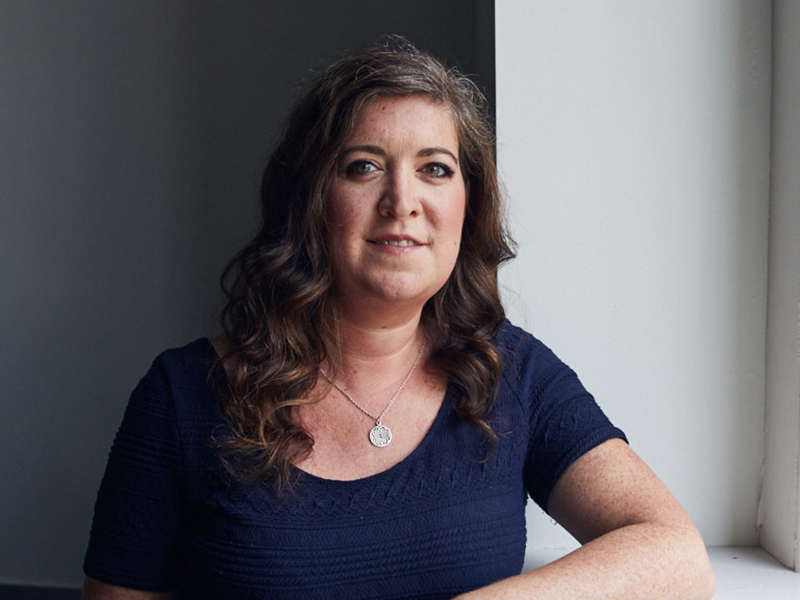

About a year ago, Benefits Canada introduced a few new columns and features, including our Head to Head, where every month we choose a hot industry question and open up a two-person debate. I’m often tempted to join in the discussion, but ultimately fall on the side of restraint.
This month, though, I can’t resist weighing in on the question, which asks whether Canada’s pension future is defined benefit or defined contribution.
Let me begin by putting my concerns about our future retirement security into a personal context. Since I started my journalism career, I’ve changed employers about five times. Very briefly, I was a DB plan member, but these days, DC plans are much more common in the private sector. At Benefits Canada’s new home, Contex Group Inc., we have the increasingly popular combination of a group registered retirement savings plan and a deferred profit-sharing plan.
Read: 2019 CAP Suppliers Report: A look at the RRSP-DPSP combination
To be candid, I wasn’t very familiar with the details of the RRSP-DPSP pairing, so we tackled the topic in our annual CAP Suppliers Report. While I certainly learned a lot, I’m not convinced it’s the best option for me — it isn’t implicitly tied to retirement and it doesn’t encourage me to stay with my employer. I appreciate that the savings option is suited to certain (younger) demographics, but I’ve paid off my student debt and purchased a home, so I really just want to put my focus on saving for retirement.
All that to say, in my line of work, my return to a DB plan is unlikely. While I understand the point of view in this month’s Head to Head, I don’t believe employers are moving away from providing DB plans because of a “preference.” Instead, the change is a reflection of the fact that the paternalism that created DB plans in the first place is gone and their dated structures are now weighing down company balance sheets — companies that never intended to be in the pension game in the first place. So it’s time to turn the dial.
Read: Head to head: Is Canada’s pension future DB or DC?
I strongly urge the DC market to build increasingly sophisticated options for plan sponsors, and for those employers to be very thoughtful about plan design. Yes, the DC structure lacks the guarantee and stability of the DB promise, but it’s much more aligned with the reality of today’s workforce (at least in the private sector) — the flexibility, the movement from job to job. And the intrinsic shift of responsibility to the plan member — which is, of course, a big difference — isn’t the bad news many detractors hold it up to be.
I think it presents an opportunity to educate Canadians and make sure they have the tools to look after themselves. We no longer live in a paternalistic world, so why would we plan for retirement like we do?
We need a compromise. Employers offering DC plans have to bring in measures to ensure employees understand what they’re getting, as well as tools to help guide them towards a stable retirement. I urge these organizations to make pension enrolment automatic for every new employee, be as generous as possible with matching contributions and, as employees move up in the organization, use auto-escalation to ensure their bigger salaries are translated into bigger retirement savings.
Read: The case for incorporating automatic features into DC pension plans
The University of British Columbia’s faculty pension plan, which takes the DC position in this month’s Head to Head, has compulsory membership and a 10 per cent employer match. Generous and thoughtful DC plans do exist.
I also encourage plan sponsors to consider hybrid options and urge governments to facilitate their implementation. This is where I do relate to the DB position in this month’s Head to Head: it’s time for others to take up the DB pension challenge. By this, I mean governments, of course, but I’m also encouraged to see larger public sector plans — the Colleges of Applied Arts and Technology pension plan, the OPSEU Pension Trust and others — designing new pension plans and welcoming membership from smaller private sector employers.
This isn’t a new debate. The move from DB to DC has been a very gradual migration since the 1990s. It’s been, and will continue to be, a long and complex journey, but I’m looking forward to seeing how our pension landscape will continue to evolve.
Jennifer Paterson is editor of Benefits Canada.
